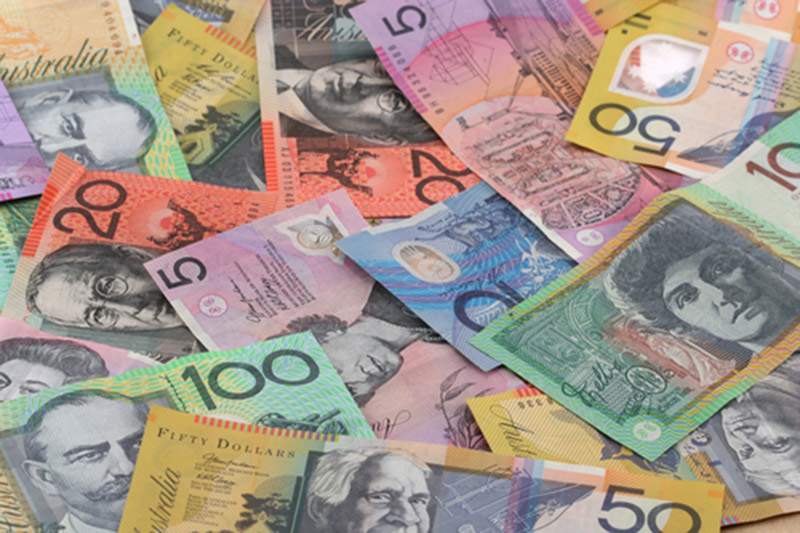Investing.com - The Australian dollar slid lower against its U.S. counterpart on Thursday, as demand for the greenback strengthened after the Federal Reserve wound up its easing program and expressed optimism regarding the U.S. economic recovery.
AUD/USD hit 0.8756 during late Asian trade, the pair's lowest since October 24; the pair subsequently consolidated at 0.8766, shedding 0.33%.
The pair was likely to find support at 0.8715, the low of October 24 and resistance at 0.8882, the high of October 28.
The greenback strengthened broadly after the Fed said targets for inflation and a reduction in unemployment were on track, but added that interest rates would remain close to zero for a "considerable time".
The U.S. central bank said that although the jobs market is strengthening, there is still room for improvement, but not "significant improvement," as it has said previously, in the labor market participation rate.
"The Committee continues to see sufficient underlying strength in the broader economy to support ongoing progress toward maximum employment in a context of price stability," the Fed said.
In Australia, official data on Thursday showed that import prices fell 0.8% in the third quarter, disappointing expectations for a 0.3% rise, after a 3.0% decline in the three month to June.
The Aussie was lower against the New Zealand dollar, with AUD/NZD slipping 0.19% to 1.1256.
Also Thursday, the Reserve Bank of New Zealand held its benchmark interest rate at 3.50% in a widely expected move and signaled that borrowing costs should remain on hold for an extended period of time.
Commenting on the decision, RBNZ Governor Graeme Wheeler said the New Zealand dollar's current level "remains unjustified and unsustainable," adding that he expects "a further significant depreciation."
Later in the day, the U.S. was to publish revised data on third quarter GDP, as well as the weekly report on initial jobless claims. In addition, Fed Chair Janet Yellen was to speak at an event in Washington.
